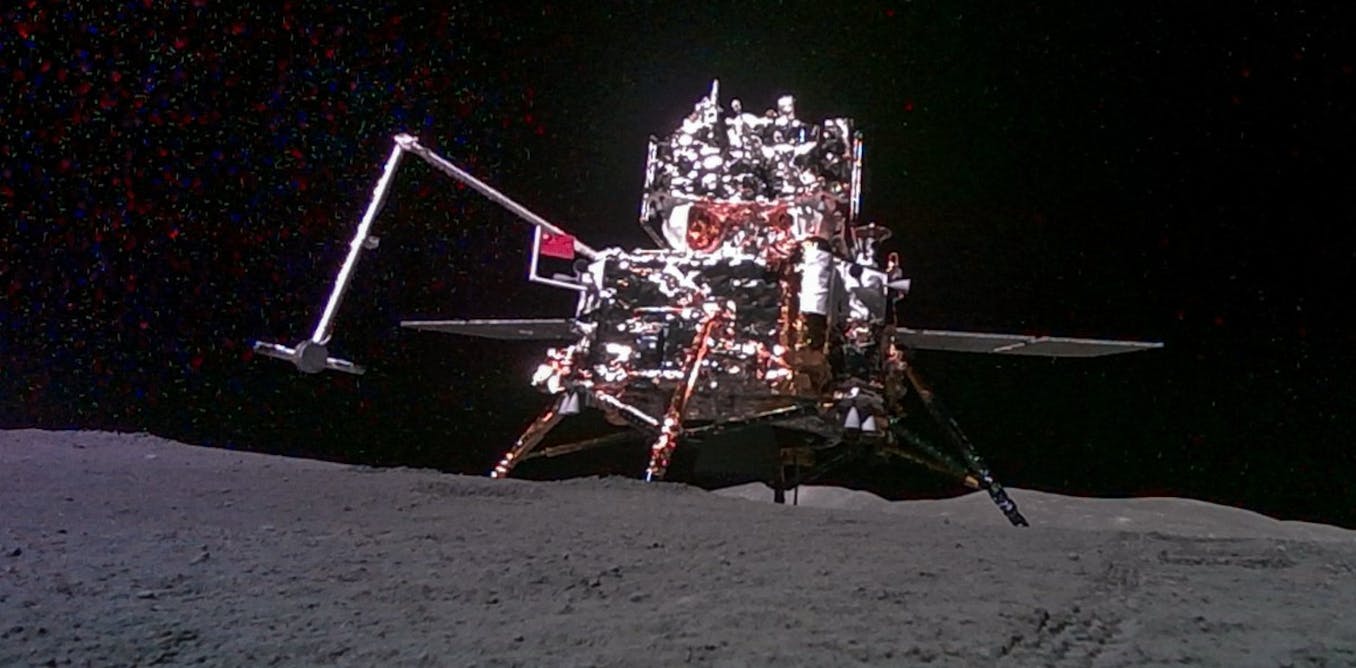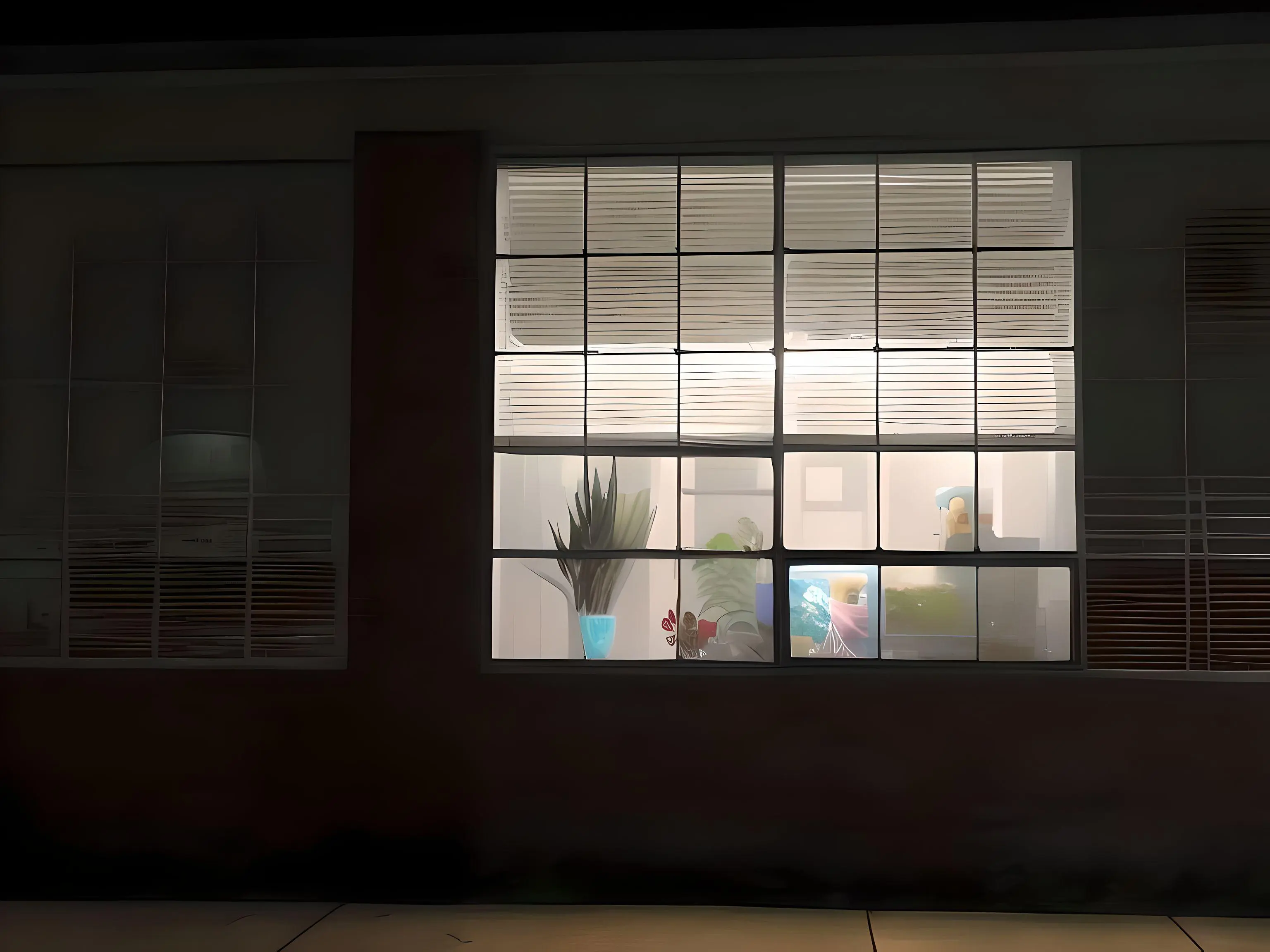Is it rocks? I’m guessing rocks.
Yes, the rock samples contain rocks. But what they hope to find is information.
These samples could help scientists understand how the Moon evolved from a magma ocean to having geologic layers – a solidified crust, mantle and core.
Data from these samples could also provide clues about Earth’s evolution in the last stages of planetary formation. Scientists predict that about 4 billion years ago, lots of asteroids and comets rained down on rocky planets like Earth. We call this period the “lunar cataclysm” period. Studying certain rocks from crater impacts on the Moon could help scientists learn more about this era.
Since the South Pole-Aitkin basin is the oldest well-preserved structure on the Moon, it could hold evidence about whether the number of basin-forming impacts occurred over a longer period of time, like 500 million years, or a shorter period, like 200 million years. Knowing the timescale would help gauge the intensity of impacts during the solar system’s formation.
Isn’t this also the first lunar sample return since 1972?



